The Lost Distilleries of Scotland
let’s begin
There are currently around 115 active distilleries in Scotland. In the late 1800s, that number was doubled. So what happened to the other half of that number and where did they all go?
There are many reasons these distilleries could have gone out of business, from the Pattison Crash of 1898, to the closures of both World Wars. Here we take a closer look at just a fraction of these distilleries, and tell you the story of some of Scotland’s lost distilleries.
1. Rosebank
Any malt that remains from Rosebank is widely considered to be one of the best from any of the lost distilleries. Rosebank was situated in the Lowlands, just beside the Forth and Clyde canal. According to evidence, this distillery was first opened as long ago as 1798 and was later mothballed in 1993 by owner’s Diageo. Interestingly, the malt was triple distilled and Rosebank was one of the few distilleries to do this. It had a pretty strong following, even after it was shut down. Diageo later renovated the building and turned it into flats.
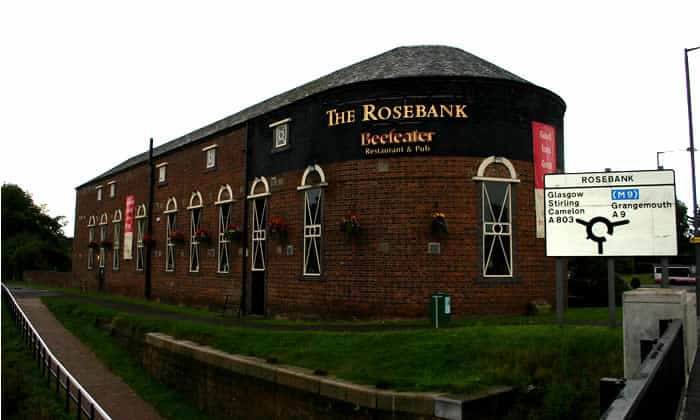
2. Port Ellen
This is one of the most well known lost distilleries and is situated on the famous Whisky island, Islay. Like Rosebank, it has a long history, having opened in 1825 and only being mothballed in 1983. Also like Rosebank, this distillery was owned by Diageo, who had to choose between their three Islay babies as to which they would close. Quite a Sophie’s choice for the drinks giant! The other options were Lagavulin and CaolIla, two of the most popular on the island. The choice was clear and Port Ellen got the chop.
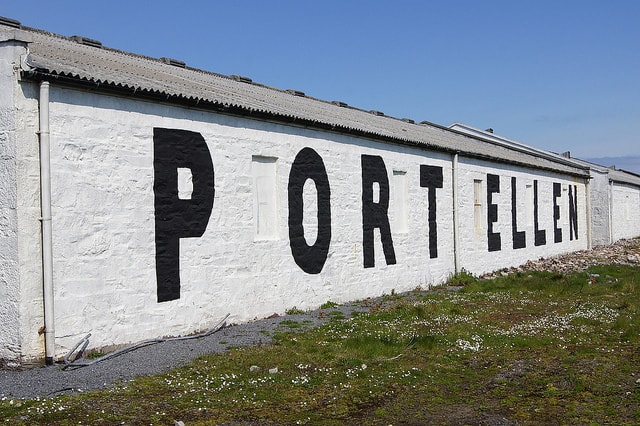
3. Brora
This is quite a sad tale. Brora was first opened in 1819 by the Marquess of Stafford and was originally named Clynelish. It is still situated in the Highlands although it was Mothballed in 1983. This was largely due to how good it was. Ironic, I know. But it was so popular in the 1960s that another distillery was built beside it to pick up the slack. As they say, all goof things coe to an end, and eventually Whisky consumption ht a slump in the late 17s and early 80s. Brora, or Clynelish as it was still known, was no longer needed. The other distillery took over the name Clynelish and so it remains today. Brora tried as hard as it could but was eventually mothballed and heard of no more.
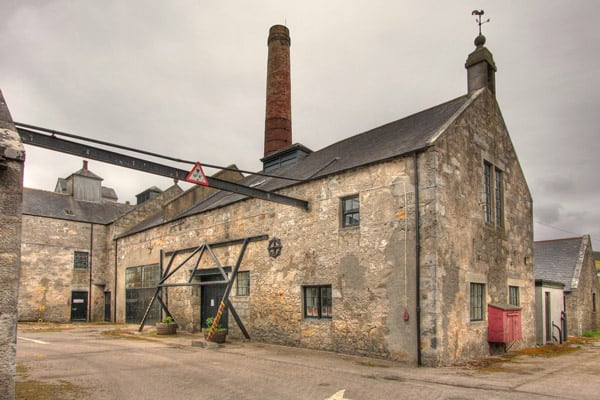
4. Littlemill
Littlemill was found in Bowling, West Dunbartonshire. This is right on the border between lowlands and highlands, with Littlemill claiming itself as a Lowland resident. Evidence of Littlemill can be found from as far back as 1772, making it one of the oldest distilleries in Scotland, Unfortunately that was not enough for the previous owners to keep it open and as such it was mothballed in 1994. Since then it has not faired well, and an accidently fire followed by planned demolition saw the last of Littlemill. The site and brand is now owned by the Loch Lomond Group.
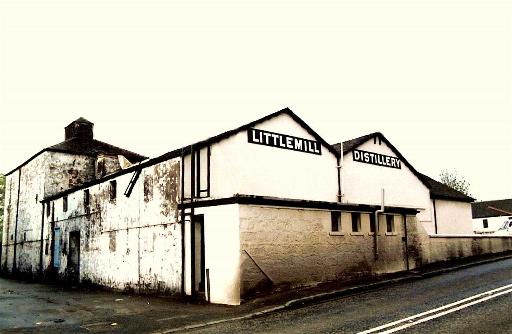
5. Dallas Dhu
Although Dallas Dhu, meaning Black Water Valley in Gaelic, no longer produces single malt but is open to the public as a museum. It is one of the younger lost distilleries on the list, having only opened in 1899. It was then mothballed in 1983 and five years later in 1988 was re-opened as a museum. There have been plenty of rumours going round that it was to reopen as a working distillery since most of the machinery is still in working order. But for now, nothing has been confirmed.

6. Glenugie
Once the most easterly of Scottish distilleries, Glenugie was in the Highlands and opened in 1831. It was originally called Invernettie, but after it was converted back to being a distillery after a short stint as a brewery, took on the name of Glenugie in 1875. It switched hands many time in its life but seemed to be doing well in the 1950s when production was doubled. But these good times could not last and Glenugie was mothballed in 1983. It has since been dismantled.
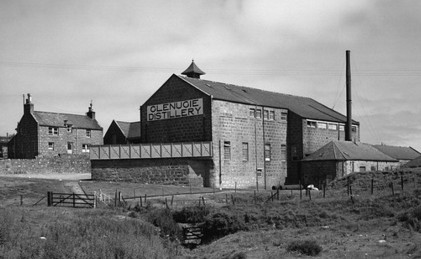
7. Kinclaith
Kinclaith was opened in 1957 as an American venture in Scotland, but did not last long. Trading for a mere 20, a flash in comparison to most other distilleries, Kinclaith now exists as an extremely rare but supposedly very good single malt. Unfortunately the death knell rang for Kinclaith when Schenley (its owner) decided that more room was needed for grain production at their Strathclyde distillery. It was dismantled in 1977.
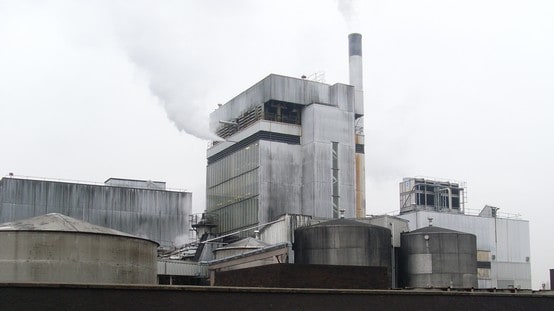
8. Glenlochy
This is one of the many distilleries that was hit badly by the Pattison crash. It was opened in 1898, the peak of the Pattison’s reign, but when that kingdom came tumbling down, so did Glenlochy. But it managed to pick itself and continued production again in 1901. After a few years of being sold between different companies, it landed in the hands of Diageo, or Distillers Company, Ltd. as they were known then. Diageo kept it going for the next few decades until it was again closed, for the final time in the early 1980s. in 1986 is was demolished. Any buildings left standing were later turned into offices and flats.
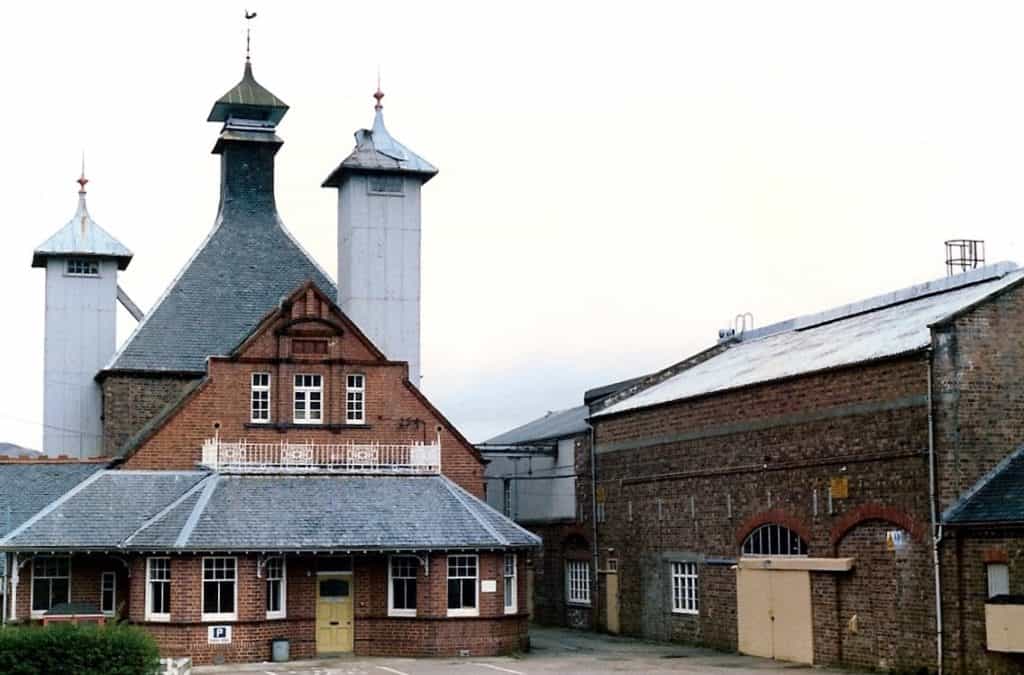
9. Magdalene
St. Magalene was once called Linlithgow, as that was the town it was situated in when it opened in 1795. There were four other distilleries in this area so there was a bit of competition. Eventually Linlithgow moved to St. Magdalene in 1834 to be closer to the canal and therefore trade routes. Like so many before it, this distillery was bought over by Diageo and almost inevitably shut down in 1983.
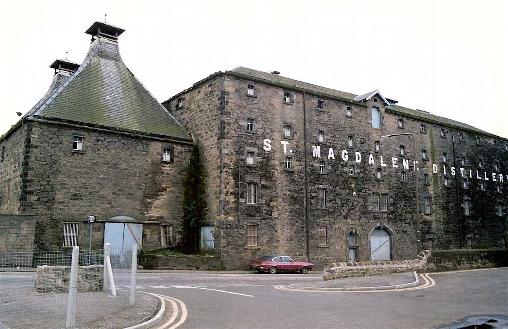
10. Imperial
Despite opening in 1897 and closing in 1998, Imperial only operated for around half of this time. it was built as a partner distillery to Dailuaine. Throughout its opening and closing it was passed between many of the big names in the drinks business,, including Diageo, John Walker, John Dewar and eventually PernodRicard. There were the usual rumours of its reopening, but PernodRicard put an end to those when it announced the distillery had indeed but demolished.
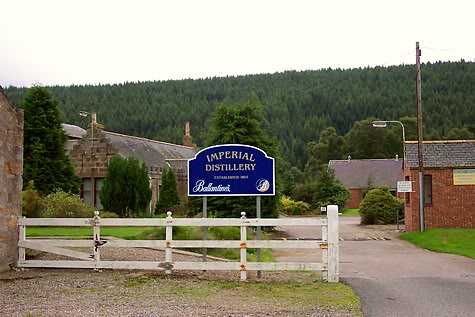




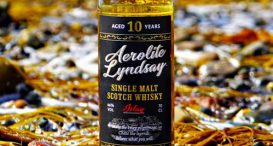

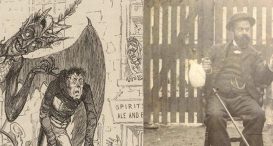
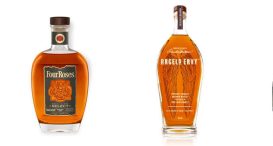


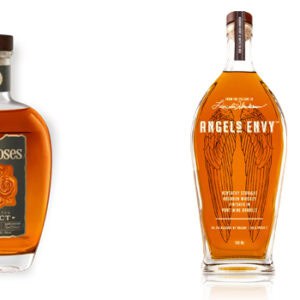


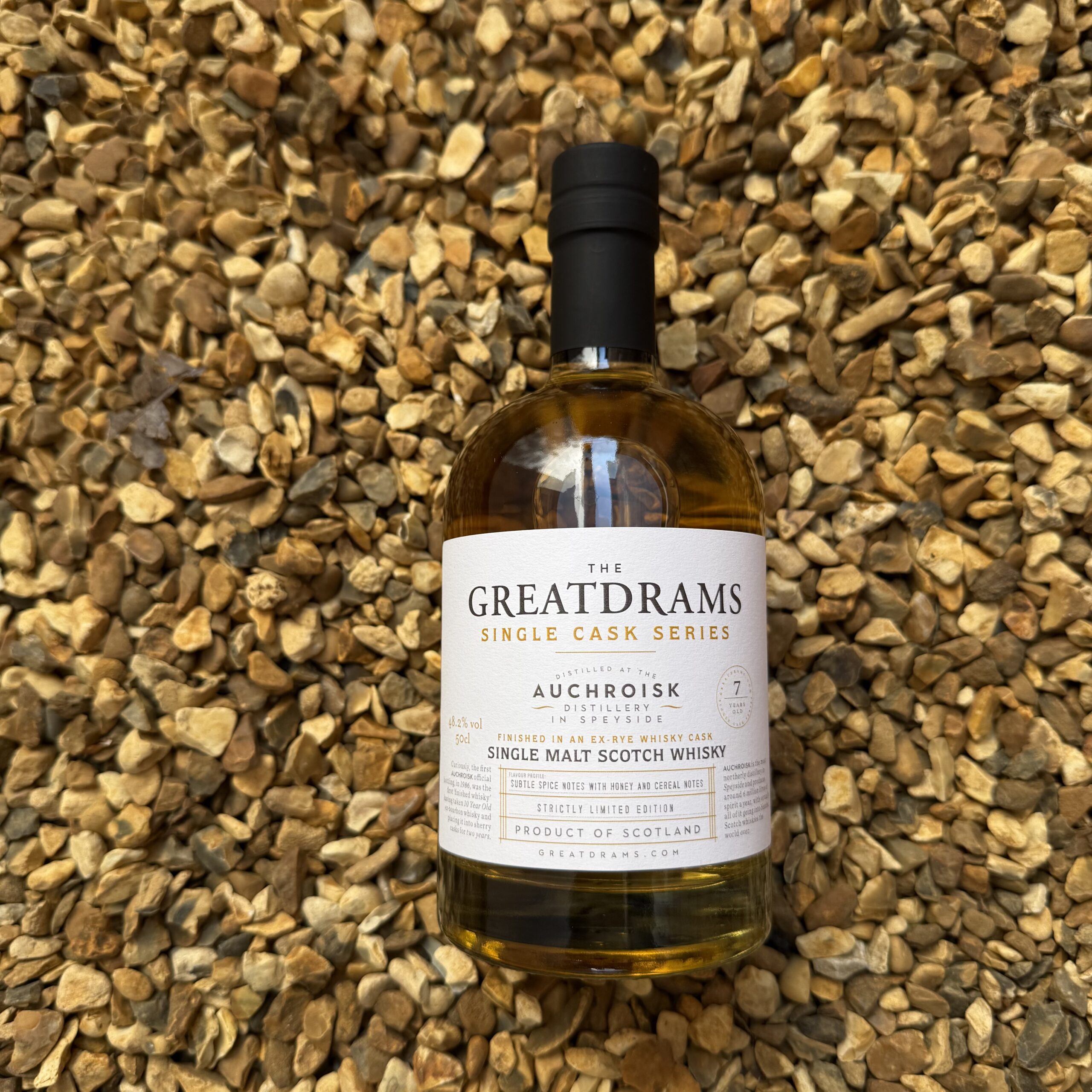

4 thoughts on “The Lost Distilleries of Scotland”